What Does Ptz Mean Camera ?
PTZ stands for Pan-Tilt-Zoom. A PTZ camera is a type of surveillance camera that can be remotely controlled to pan (move horizontally), tilt (move vertically), and zoom in or out. These cameras are commonly used in security systems and are capable of capturing high-quality video footage over a wide area. The ability to pan, tilt, and zoom provides flexibility in monitoring and tracking subjects of interest, making PTZ cameras particularly useful in large spaces or areas that require active surveillance.
1、 Pan-Tilt-Zoom: Camera with adjustable horizontal, vertical, and zoom capabilities.
Pan-Tilt-Zoom (PTZ) refers to a type of camera that has adjustable horizontal, vertical, and zoom capabilities. This means that the camera can pan (move horizontally), tilt (move vertically), and zoom in or out to capture different angles and perspectives.
PTZ cameras are commonly used in surveillance systems, allowing operators to remotely control the camera's movements and focus on specific areas of interest. This flexibility is particularly useful in large areas or spaces that require constant monitoring, such as airports, stadiums, or shopping malls.
The pan feature enables the camera to rotate horizontally, covering a wide area and providing a panoramic view. The tilt feature allows the camera to move vertically, capturing different levels or angles. Lastly, the zoom feature allows the camera to magnify or reduce the image, providing close-up details or a wider field of view.
With advancements in technology, PTZ cameras have become more sophisticated. Many PTZ cameras now come with advanced features such as auto-tracking, which allows the camera to automatically follow moving objects or individuals. Some PTZ cameras also have built-in analytics capabilities, enabling them to detect and track specific objects or behaviors.
In addition to surveillance applications, PTZ cameras are also used in various industries such as broadcasting, video conferencing, and live events. They offer flexibility and versatility in capturing high-quality footage from different perspectives, enhancing the overall viewing experience.
Overall, PTZ cameras provide a comprehensive solution for capturing dynamic and detailed footage in various settings. Their adjustable pan, tilt, and zoom capabilities make them an essential tool for surveillance, broadcasting, and other applications that require flexible camera control.
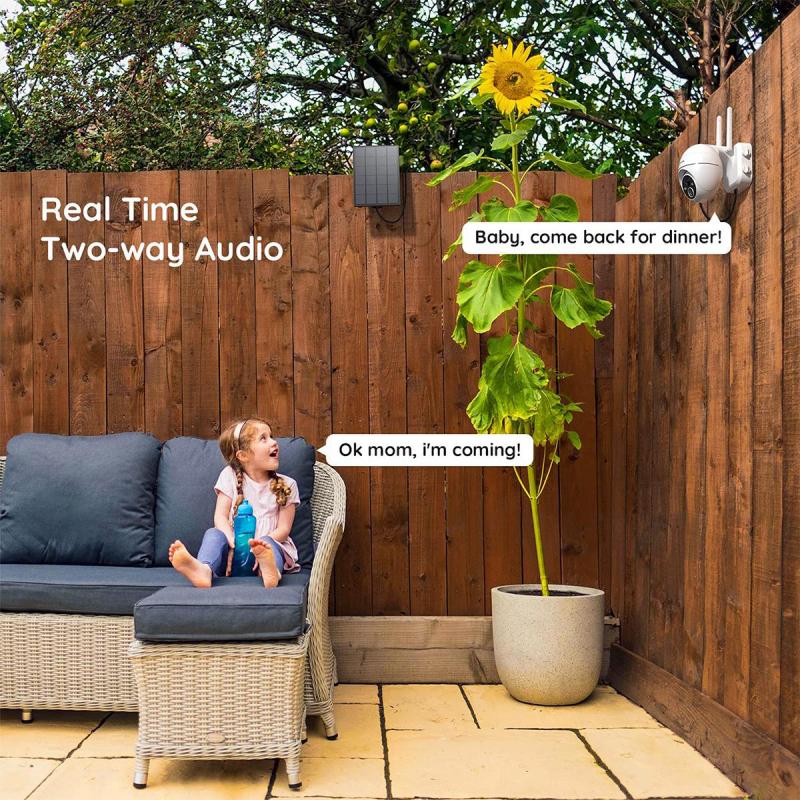
2、 PTZ Camera: Device enabling remote control of pan, tilt, and zoom functions.
PTZ Camera stands for Pan-Tilt-Zoom Camera. It is a device that enables remote control of pan, tilt, and zoom functions. This type of camera is commonly used in surveillance systems, video conferencing, and broadcasting applications.
The pan function allows the camera to rotate horizontally, covering a wide area. It can be controlled remotely to scan a specific area or track moving objects. The tilt function enables the camera to tilt vertically, providing a flexible range of viewing angles. This allows for a comprehensive view of the surroundings and the ability to focus on specific points of interest. Lastly, the zoom function allows the camera to magnify the image, bringing distant objects closer and providing more detail.
PTZ cameras are typically controlled through a joystick, a control panel, or software applications. They can be operated remotely, allowing users to adjust the camera's position, angle, and zoom level from a central location. This remote control capability makes PTZ cameras highly versatile and convenient for various applications.
In recent years, PTZ cameras have seen advancements in technology. Many models now offer high-definition video quality, enhanced zoom capabilities, and improved image stabilization. Some PTZ cameras also come with intelligent features such as motion detection, auto-tracking, and preset positions, making them even more efficient and user-friendly.
Overall, PTZ cameras provide a flexible and efficient solution for capturing high-quality video footage in a wide range of applications. Their ability to remotely control pan, tilt, and zoom functions makes them an essential tool in surveillance, video conferencing, and broadcasting industries.
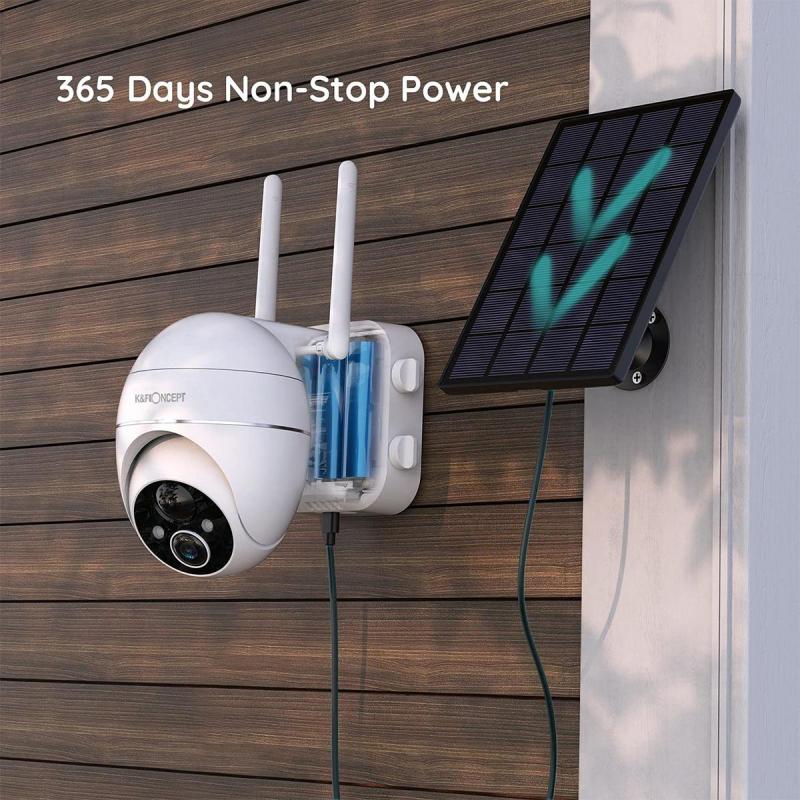
3、 PTZ Technology: Mechanism allowing flexible movement and zooming in cameras.
PTZ stands for Pan-Tilt-Zoom, which refers to the capabilities of a camera to pan, tilt, and zoom in order to capture a wide range of views and details. PTZ cameras are commonly used in surveillance systems, video conferencing, and live event coverage.
The pan feature allows the camera to rotate horizontally, covering a wide area. This is particularly useful in surveillance applications where a single camera needs to monitor a large space. The tilt feature enables the camera to move vertically, allowing for a flexible range of views. This is beneficial in situations where the camera needs to capture different angles or follow a moving subject. Lastly, the zoom feature allows the camera to magnify the image, bringing distant objects closer and enhancing details.
PTZ cameras are typically controlled remotely, either manually or through automated systems. This allows operators to adjust the camera's position, angle, and zoom level as needed. Some advanced PTZ cameras even have built-in tracking capabilities, where they can automatically follow a moving subject.
In recent years, PTZ cameras have seen significant advancements in technology. High-definition video quality, improved image stabilization, and enhanced zoom capabilities have become standard features. Additionally, many PTZ cameras now offer intelligent features such as motion detection, facial recognition, and object tracking, making them even more versatile and efficient in various applications.
Overall, PTZ cameras provide a flexible and dynamic solution for capturing high-quality video footage. Their ability to pan, tilt, and zoom allows for comprehensive surveillance coverage, immersive video conferencing experiences, and captivating live event coverage. With ongoing technological advancements, PTZ cameras continue to evolve and offer even more advanced features to meet the growing demands of the industry.
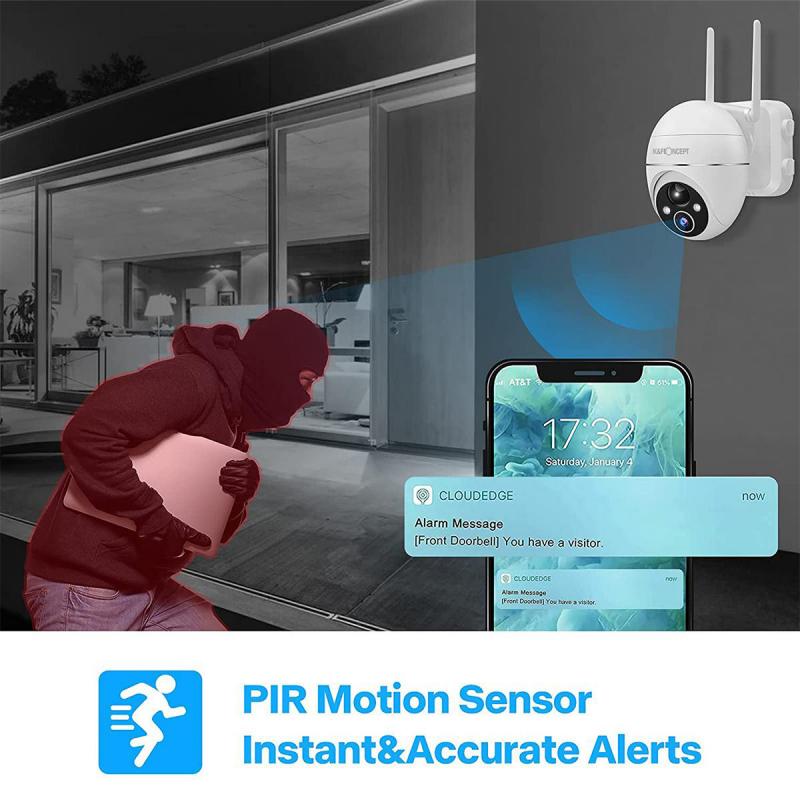
4、 PTZ Control: System for managing pan, tilt, and zoom functions.
PTZ stands for Pan-Tilt-Zoom, which refers to the capabilities of a camera system to pan (move horizontally), tilt (move vertically), and zoom in or out. PTZ cameras are commonly used in surveillance systems, video conferencing, and live event coverage where the ability to remotely control the camera's movement and zoom is essential.
The PTZ control system allows users to manipulate the camera's position and zoom level, providing a wide range of viewing angles and focal lengths. This flexibility enables users to monitor a larger area with a single camera, eliminating the need for multiple fixed cameras. PTZ cameras can be controlled manually through a joystick or remotely via a computer or mobile device.
The latest advancements in PTZ camera technology have introduced features such as auto-tracking, preset positions, and intelligent video analytics. Auto-tracking allows the camera to automatically follow a moving object or person, ensuring that it remains in the frame at all times. Preset positions allow users to store specific camera angles and quickly switch between them with a single command. Intelligent video analytics enable the camera to detect and track specific objects or events, such as people or vehicles, enhancing the camera's surveillance capabilities.
In addition to their surveillance applications, PTZ cameras are also widely used in video conferencing systems. The ability to remotely control the camera's movement and zoom allows participants to have a more interactive and immersive experience during virtual meetings.
Overall, PTZ cameras provide a versatile and flexible solution for capturing high-quality video footage with the ability to control the camera's movement and zoom functions.
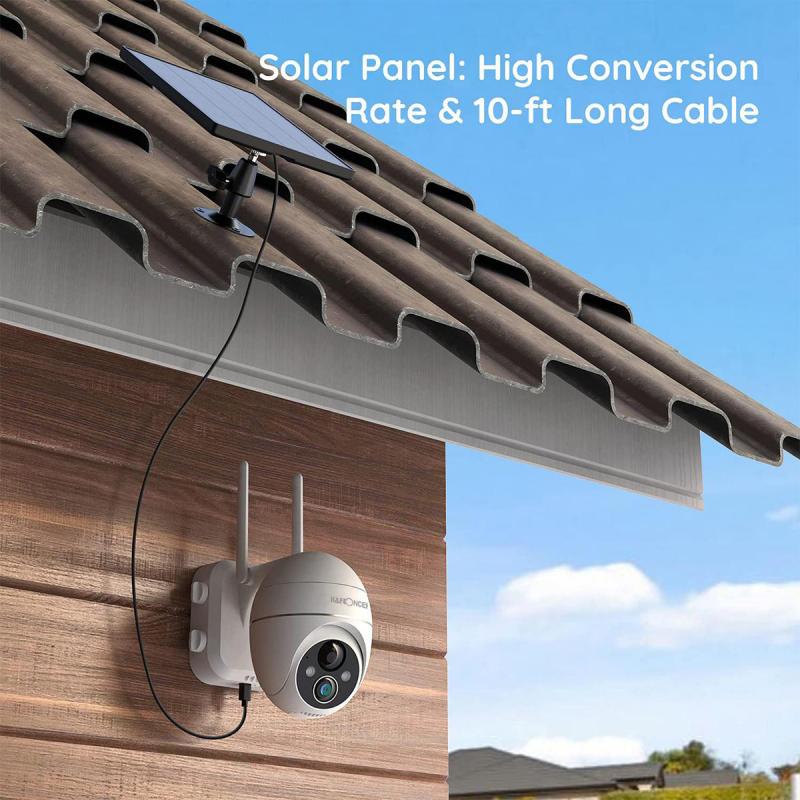





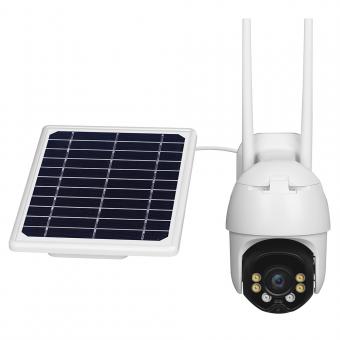
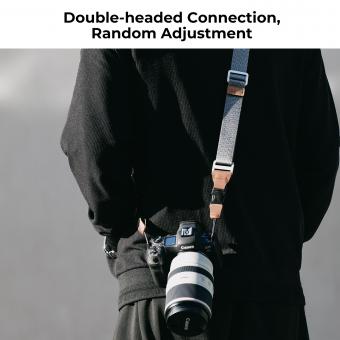




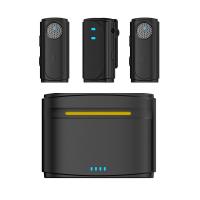


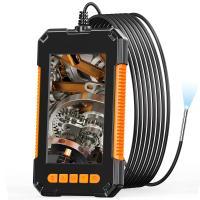
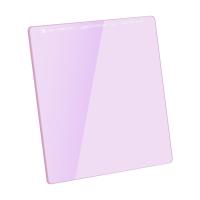



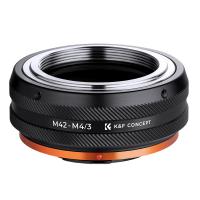

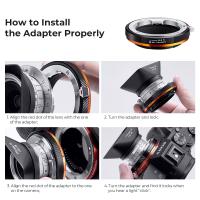
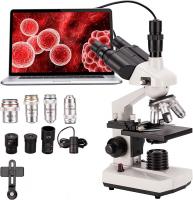
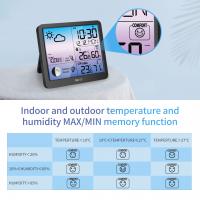
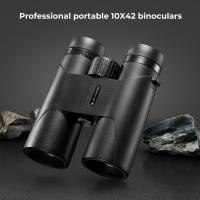




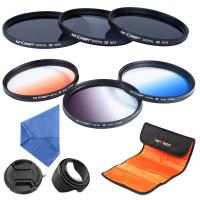
There are no comments for this blog.